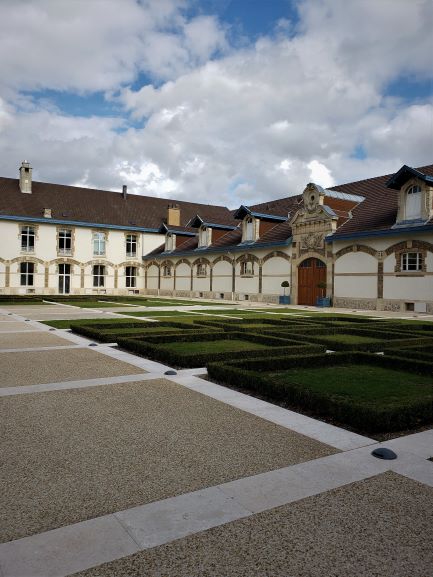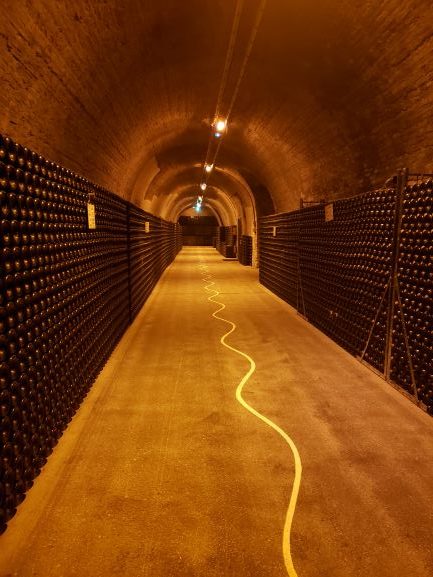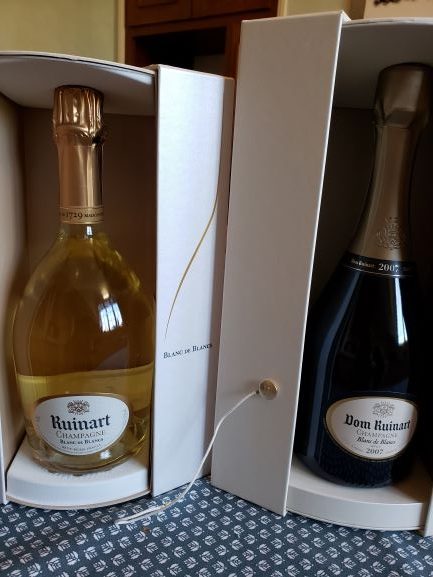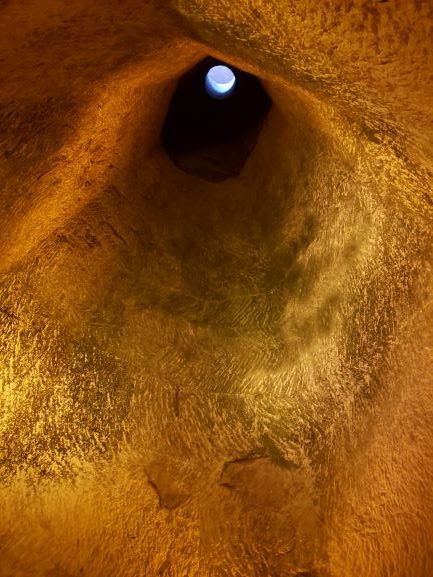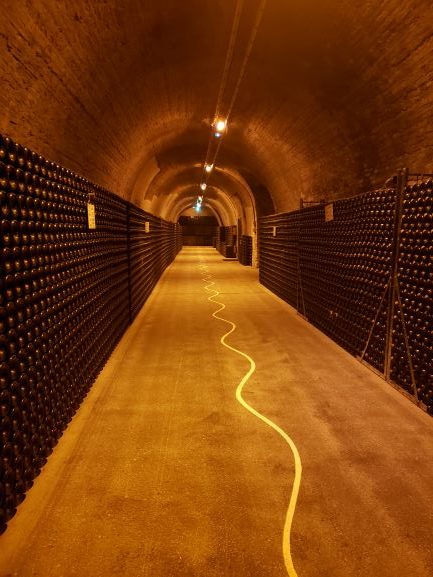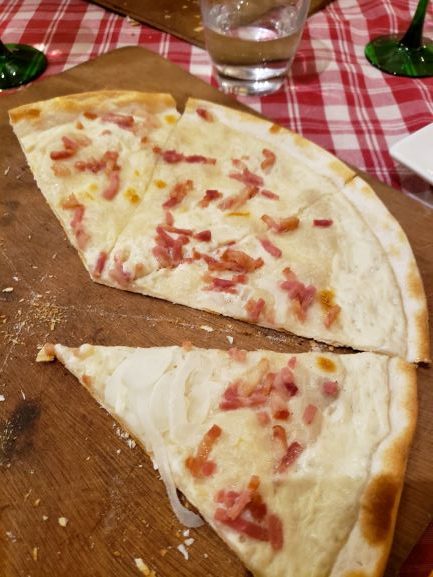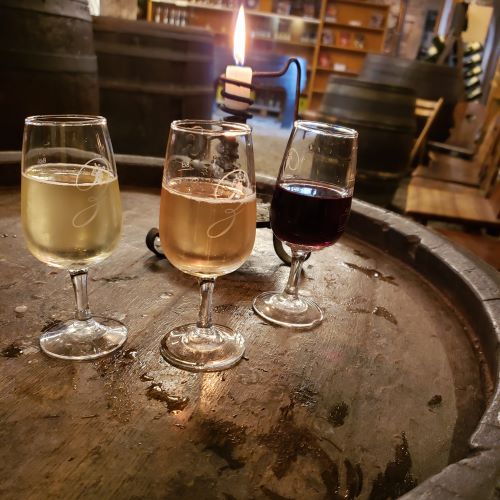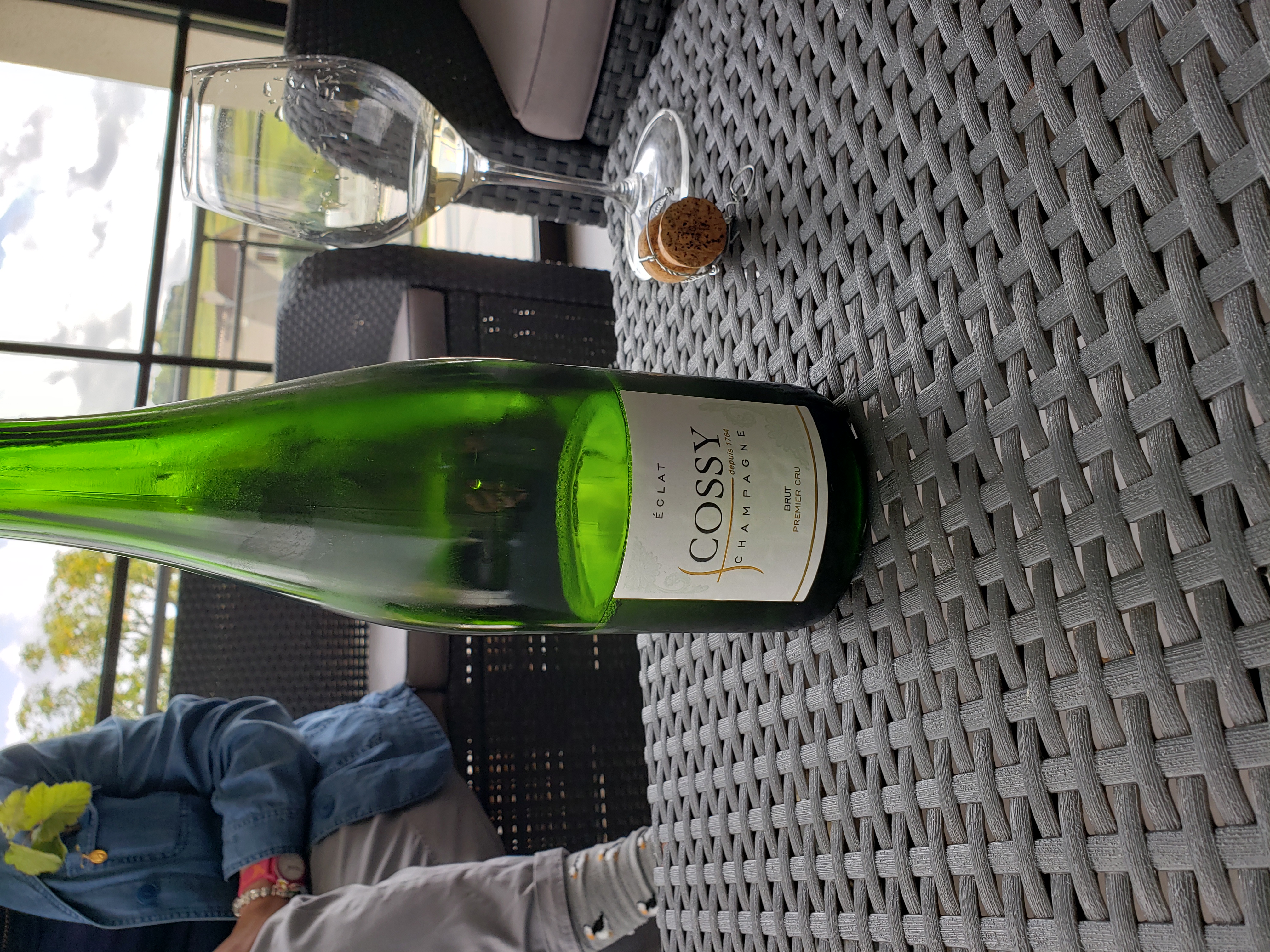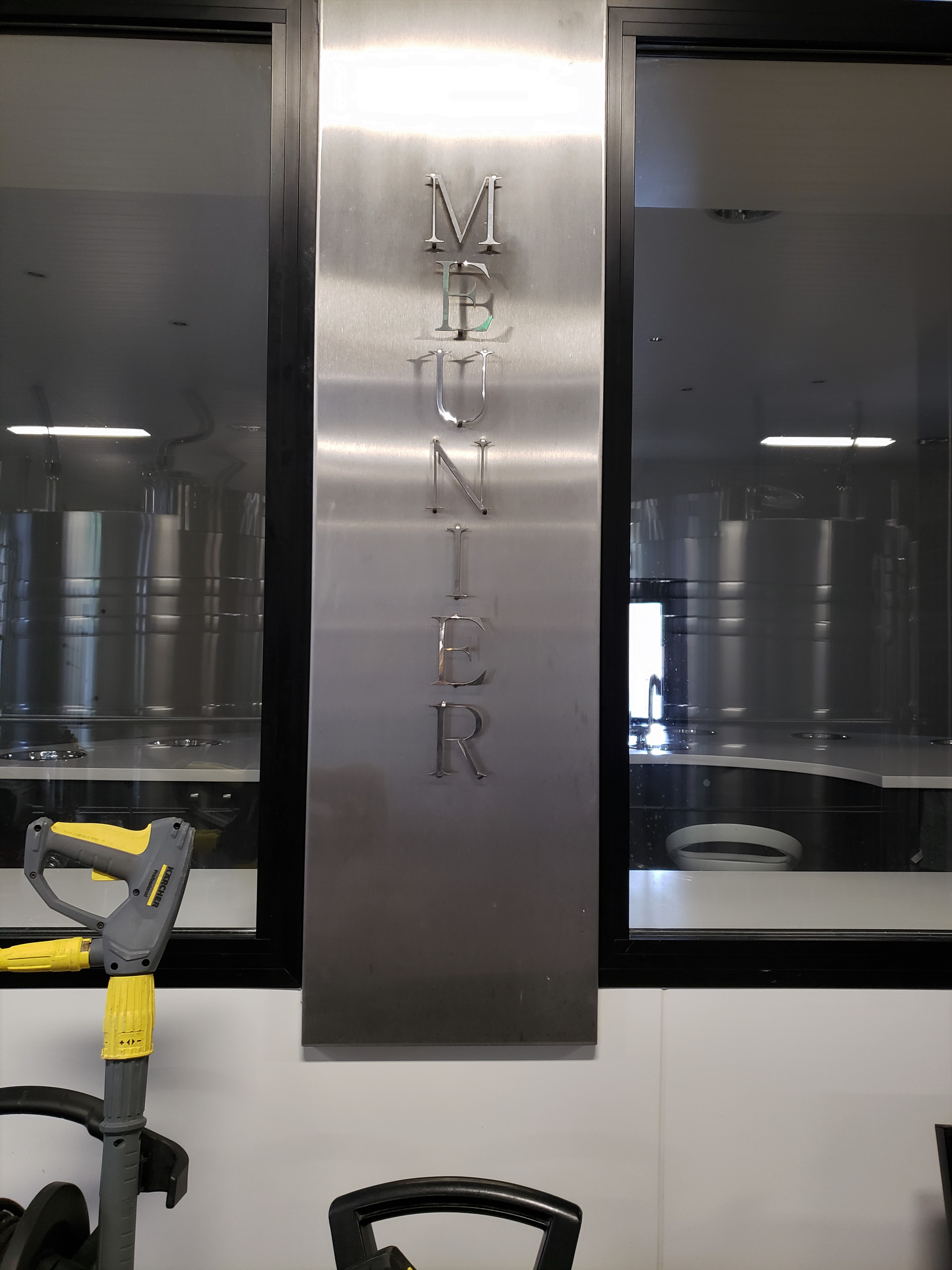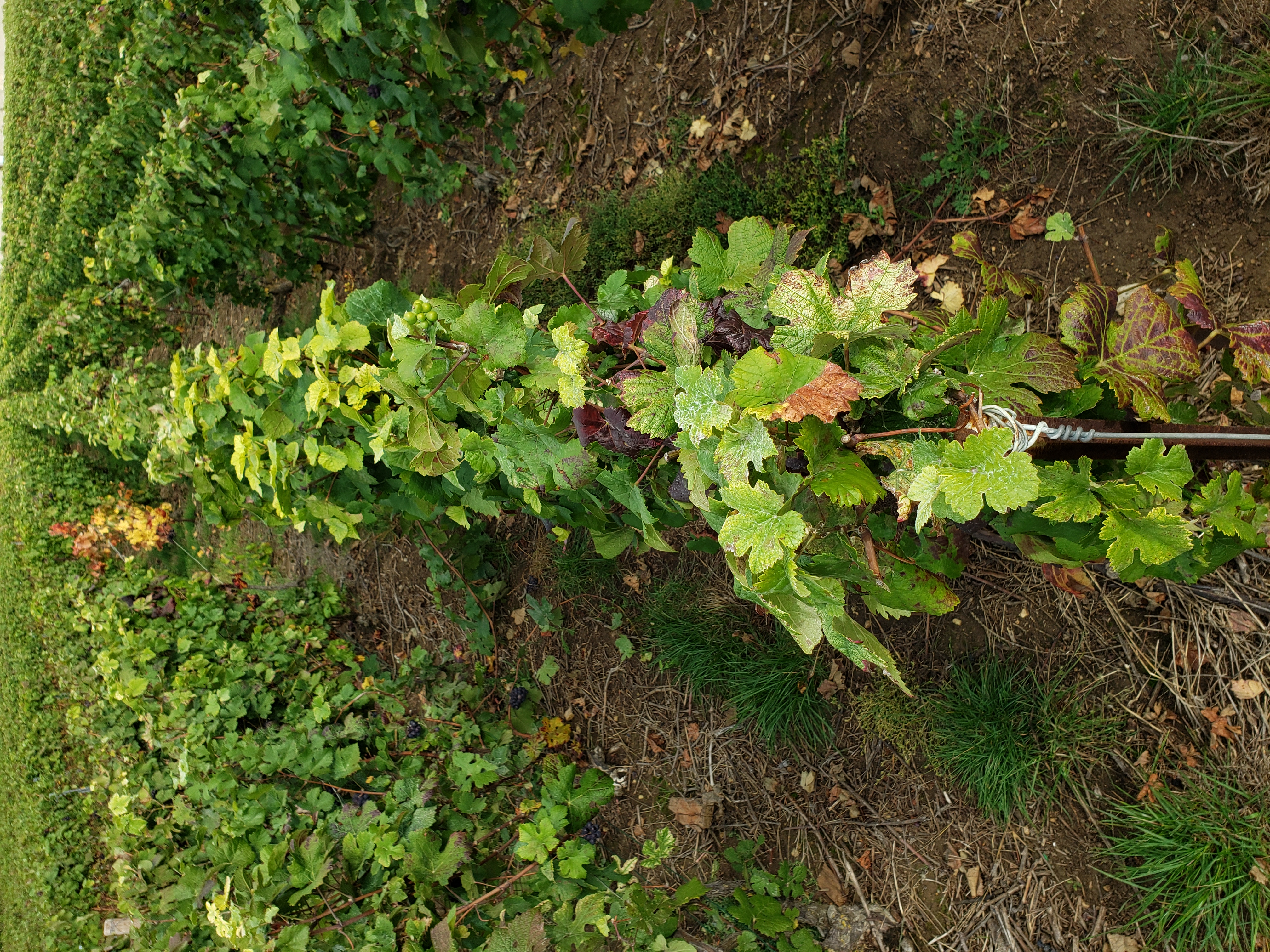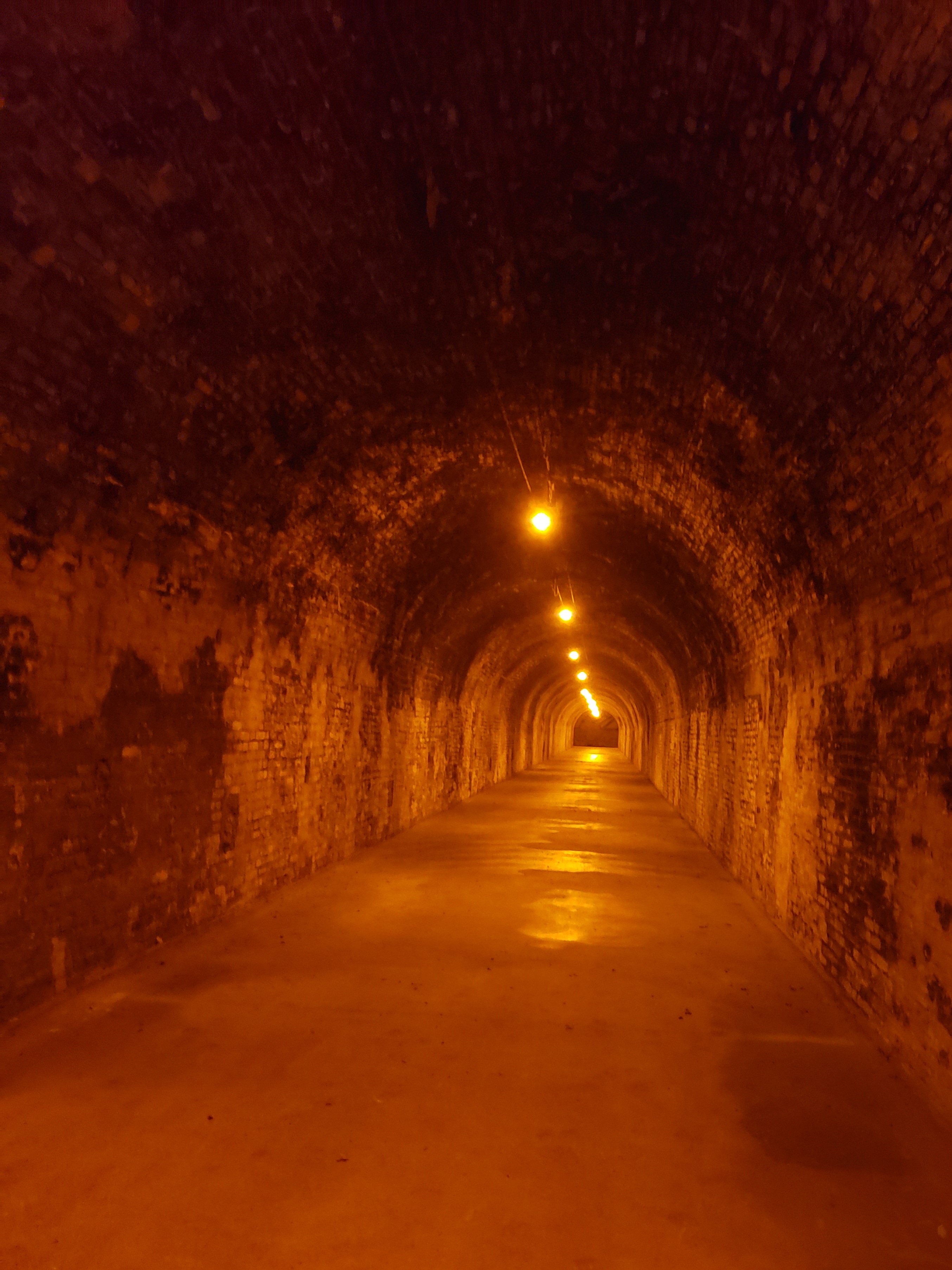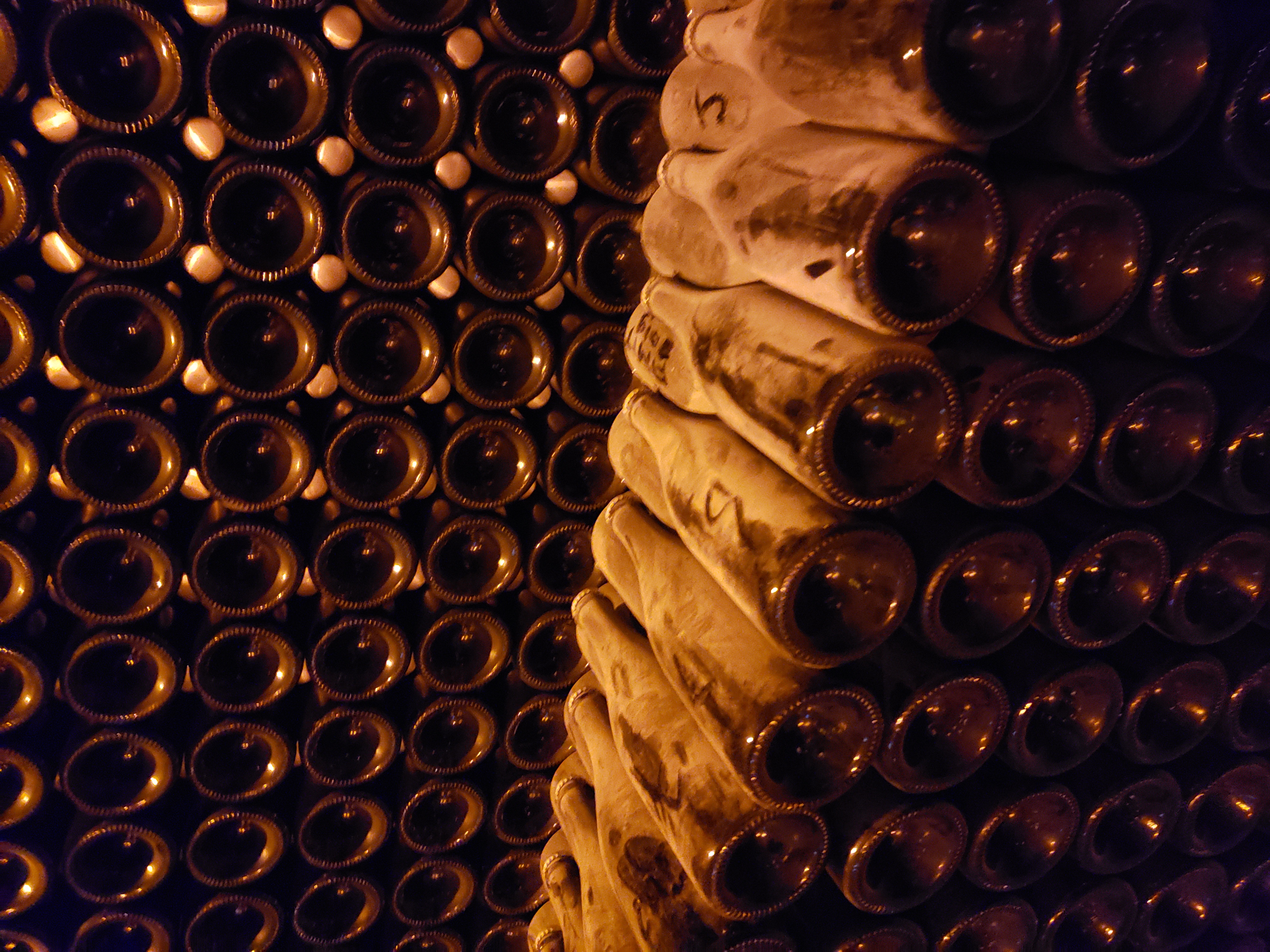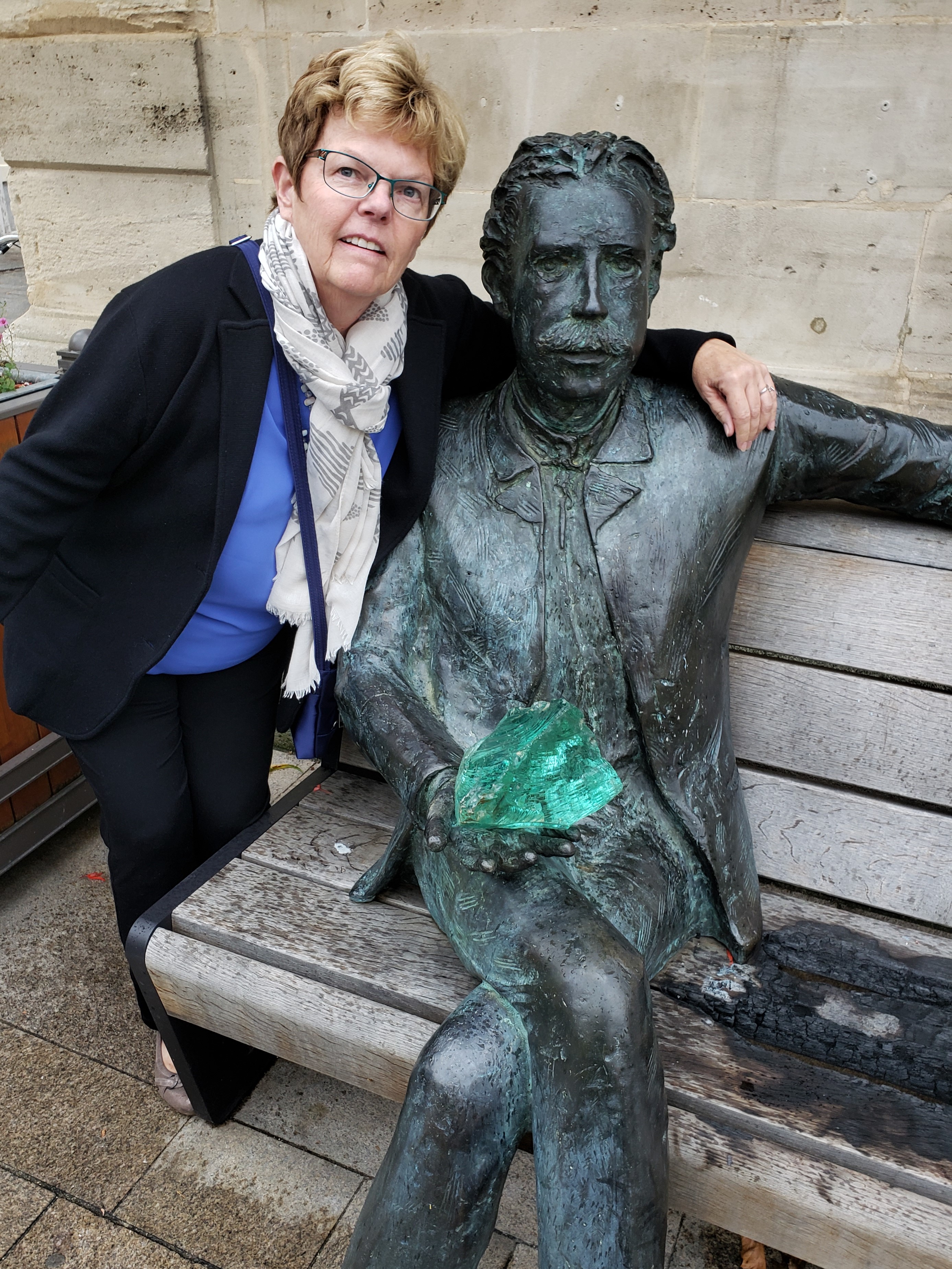Museums in Paris
Paris is full of museums. That’s a given.
Think about The Louvre, the Centre Pompidou, Musee d’Orsay, Petit Palais, Musee Picasso Paris, Musee de l’Orangerie, Musee Rodin…I could go on and on.
This time, we visited a smaller museum. The Museum of Montmartre, located in the oldest house on the hill of Montmartre, takes you a step back in time. Fourteen personalities lived here at one time. This bohemian quarter was home to Renoir, Toulouse-Lautrec, Duffy, and more.
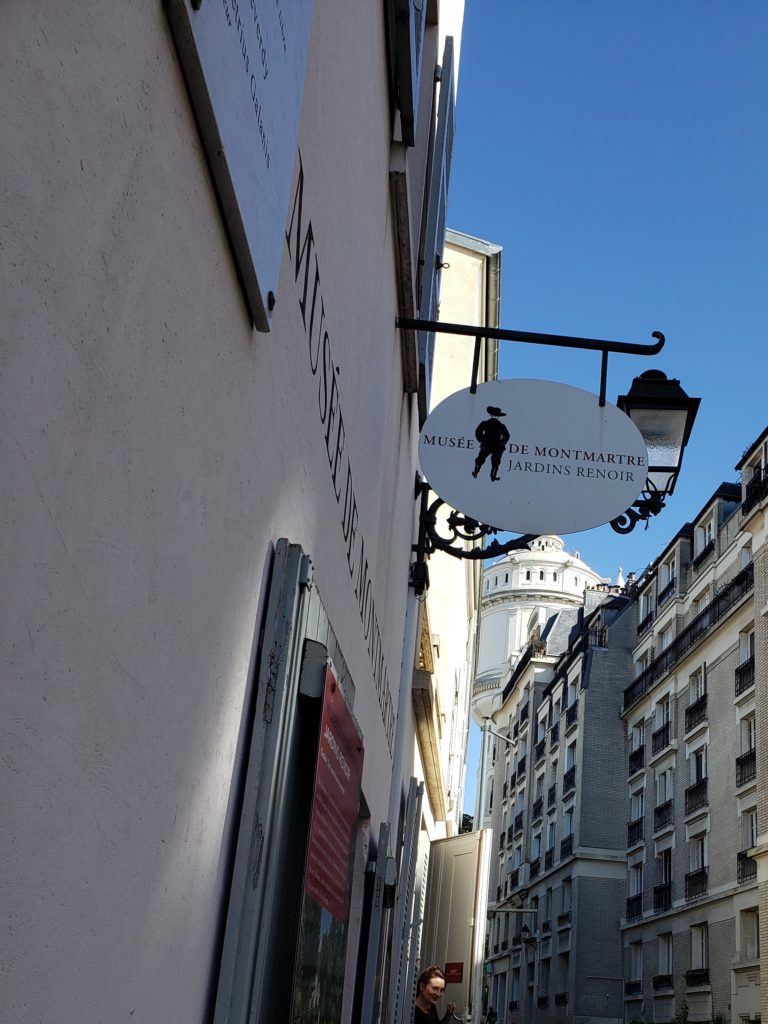
Now, it houses the permanent collection of paintings, posters, and drawings signed by Toulouse-Lautrec, Modigliani, Kupka, Valadon, and Utrillo. These artworks recount the history of Montmartre, including the infamous cabarets of the Lapin Agile and the Moulin Rouge.
One whole room is dedicated to the French Cancan. Another one features rare zinc plates of scenes from shadow theatre like Le Chat Noir, the first modern cabaret opened in 1881.
After viewing three floors of paintings and posters, take a walk in the gardens. Dedicated to Auguste Renoir, these gardens offer breathtaking views of the vineyard below and the entire northern cityscape of Paris.
Renoir lived on site from 1875 to 1877. During this time, he painted his famous le Bal du Moulin de la Galette, La Balancoire, and Jardin de la rue Cortot.
This is truly a relaxing spot just steps from the busy streets.
If You Go: The museum and gardens are open every day from 10 am to 6 pm. It is located at 12 rue Cortot in Paris. Check the Metro map to get fairly close and walk up the hill.
It’s definitely worth the effort to get there.
